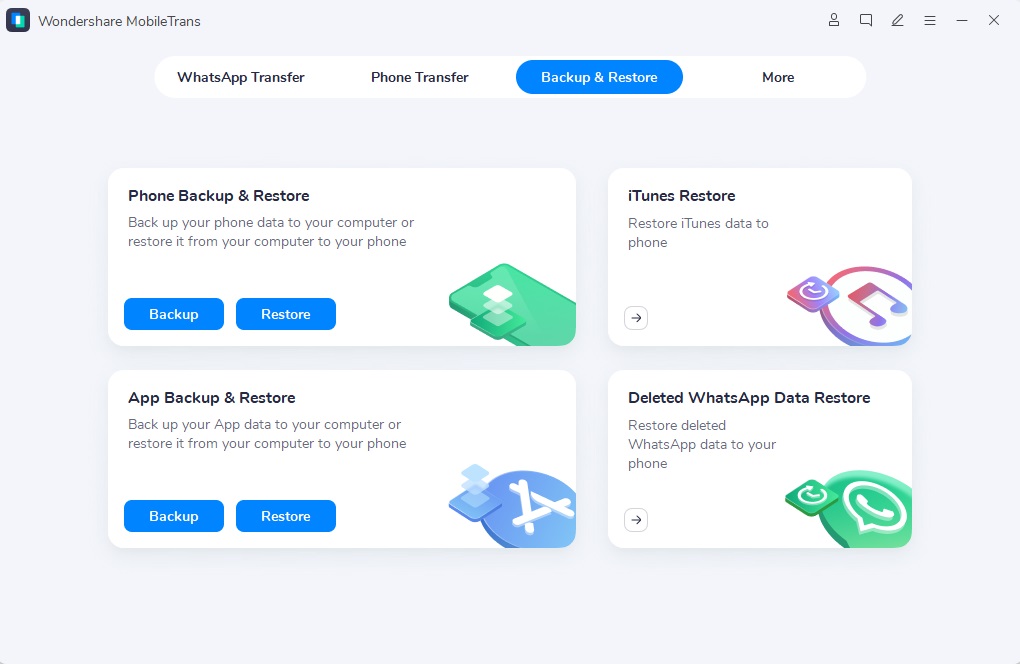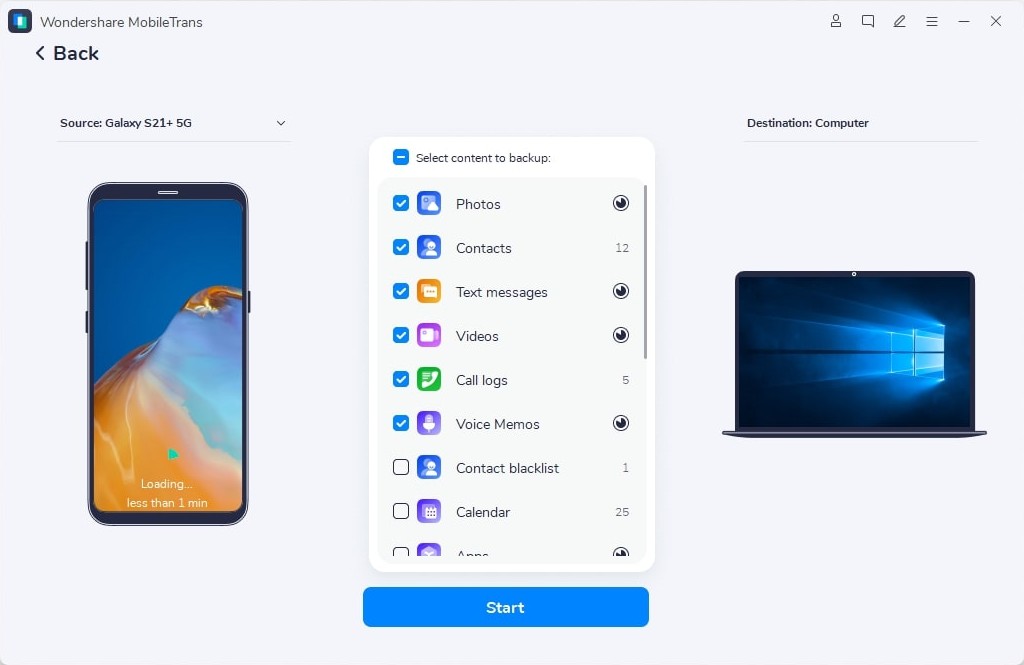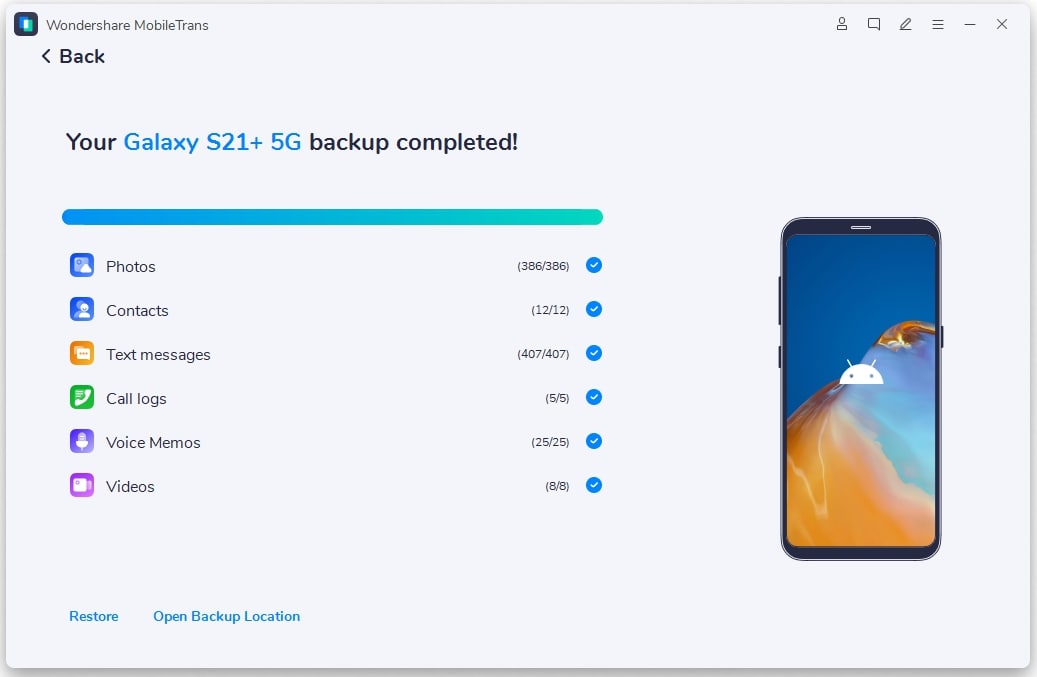In this digitalized world, most of our data is saved on our phones, whether personal or work-related. It also requires us to download tons of applications for different functions. These apps can take up a lot of space on our phones, and despite the sizeable internal storage, filled storage space can significantly slow down the phone. An easy solution is using the external SD card. If you are unsure how to transfer apps to SD card in oppo A3s, read ahead.
However, there are always various ways of doing anything. Here we have compiled the most straightforward options available with detailed steps to make this process as simple as possible.
Part 1: How to Transfer Apps to SD Card Oppo A3s
If you have a lot of apps installed on your Oppo A3s, you might want to consider moving those apps to the SD card because otherwise, you’ll soon be facing insufficient storage problems. To transfer apps to sd card oppo a3s, you can use this hassle-free in-built method. Let me explain the steps of the transfer in detail.
1. Open ‘Settings’ on your phone. Then click on ‘APPS’ or ‘APP MANAGEMENT.’

2. All the apps of your phone, whether installed or by default, will be displayed here. Click on any or as many apps as you want to transfer to your SD card.

3. After clicking on the app, a page with app details will pop open. Click on storage.

4. A pop-menu will open with options on where to save the application. Here you have to click on the SD card. The application will be instantly transferred to the SD card.

NOTE: You need to have an SD card inserted in your phone. But if you still don’t see the option of moving to SD card in step 4, I’ll show you another way to transfer your apps.
Part 2: how to Transfer Files from Phone to SD Card Oppo A3s with One-Tap Transfer
If the first method is not available on your phone, you can use this tried and tested super-easy process to transfer apps to the SD card in oppo A3s. One-Tap transfer, as the name suggests, allows rapid transfer of data to the SD card. It is in-built in your phones, so you don’t need to worry about downloading it. You can use it to transfer pictures, videos, audio files, and applications (APK). However, the only limitation is that it only works on ColorOS version of 5.2 or above (Check your OS version in settings>about the phone)
Let me walk you through all the steps-:
1. Open the settings menu and click on additional settings.

2. Tap on storage. You will see apps divided into two portions. On the left is the Phone and the SD card is on the right. Tap on SD Card and then click on the circle with i in the top right corner.

3. Tap on storage again

4. In storage and performance, tap on Transfer to SD Card.

5. Now press Start transferring to enable One-Tap transfer.

6. Tick the item or items you want to transfer and click Start Transferring again.

Once your transfer is complete, you can access your files from the File manager, and the photos and videos will be in your gallery. I guess this is by far the easiest method of oppo transfer to the SD card.
Part 3: Save More Space for Your Oppo by Backup Phone to Computer
MobileTrans by Wondershare has an easy interface, and to use its backup feature, you don’t need to purchase a license. Lucky for us, this essential feature is free for use after installation. You can easily create a backup of your phone on your pc. Data ranging from pictures, videos, audio files to Whatsapp chats, including media files, can be backed up in a few clicks.
Why should we back up our phones? There are two reasons for this
1. Data is saved from being deleted or lost:
Since we live in a digitalized era, we tend to save all our data and essential information on our phones for quick and easy access. But this easy saving method can sometimes be very dangerous. You can lose your phone, or you may accidentally format your phone. Imagine how awful it would be to lose all your important documents or old pictures. So, by creating a backup on your computer, you can stop worrying about losing it.
2. Backed up data can be deleted from the phone to free up space:
Data such as old pictures, documents, or your favorite audio and video files that you don’t regularly use or view can be saved to your computer as a backup. Since these files collectively tend to take up a lot of space, they will hinder the download of any other files or applications you currently need. But after a backup, you can delete the not-so-frequently used files and access them on your computer whenever needed. This will free up a lot of space on your phone and let it run smoothly without slowing down or getting hanged.
Now I’ll show you a step-step guide to create a backup:
1. Install Wondershare’s MobileTrans. The first page you’ll see will list a few options. We will click on Backup & Restore. Also, connect your phone via a USB cable.

2. Choose your phone brand. In our case, it is Oppo. Then press Start.
3. To start data transfer, you need first to enable USB Debugging. To do that, open Settings and click on about Phone. Tap on version 7 times to enter developer mode.

4. Go back to Settings and click on additional settings.

5. Now click on Developer options. To switch on Developer mode, enter the security code first.

6. Press Use, switch on developer mode and enable USB Debugging.

7. Now you are all set to start the transfer—tick all the items you want to back up and press Start.

8. The progress of the transfer will be displayed in this way. Remember to keep the phone connected to your pc until the backup is completed.

All the content that you selected will be backed up to your PC in no time. Furthermore, you can quickly transfer this data onto another phone through this app, making it the most convenient and hassle-free data transfer method and backup available. Use it wisely!
In the end, make sure you follow all the steps correctly and do this the right way to avoid any uncertain errors. Moving data into your SD card or to a PC has now been made easier than ever. All the methods mentioned above carry equal significance, and you can choose which method of saving disk space suits you best.
New Trendings
Top Stories
All Categories









Axel Nash
staff Editor